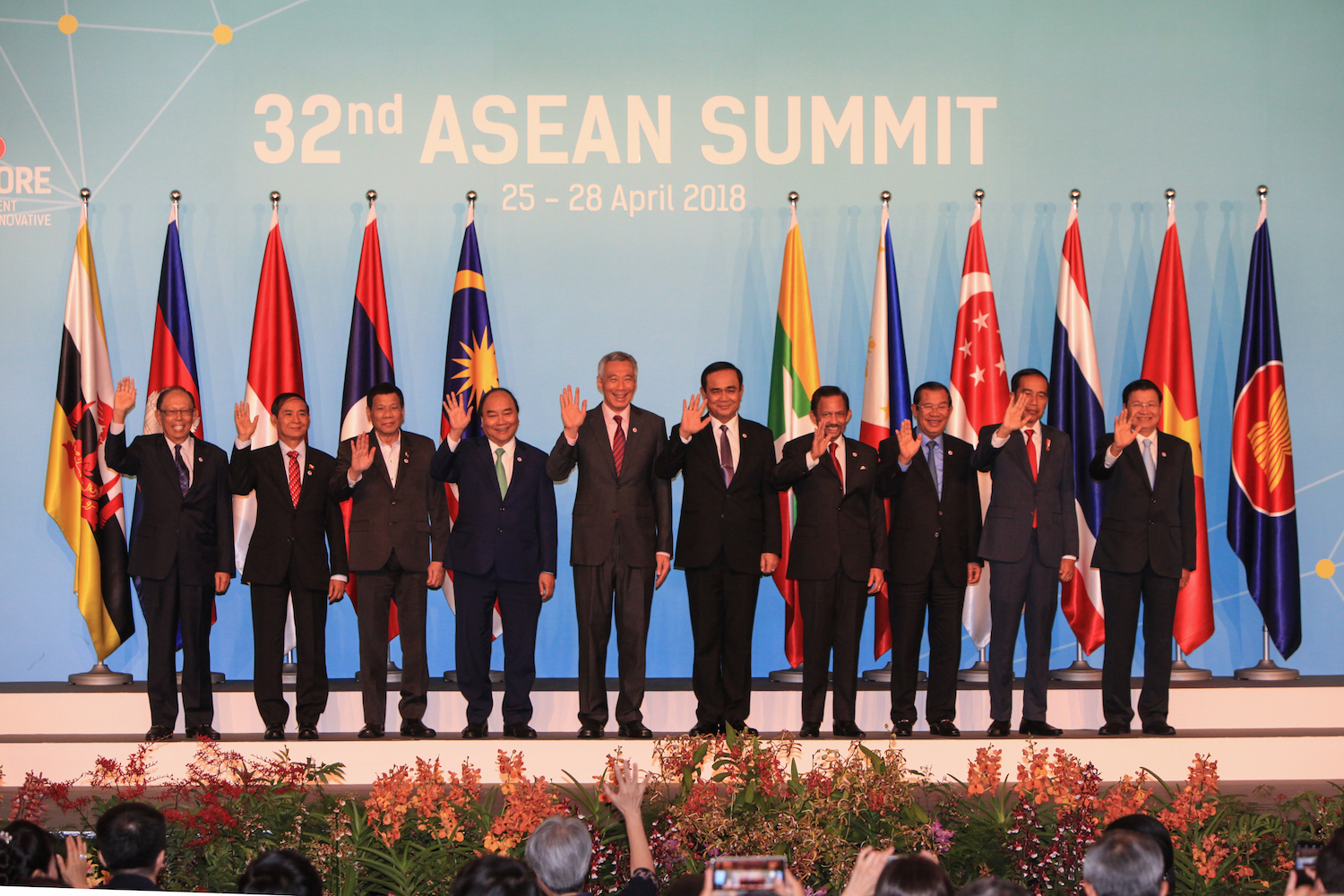Commentaries
The views expressed are the author's alone and do not constitute official positions of APPFI.
The views expressed are the author's alone and do not constitute official positions of APPFI.

Is it possible for an old alliance to learn new tricks? History suggests that this is extremely unlikely. A handful of organizations like NATO have succeeded in adapting to changing geopolitical landscapes, but these few survivors are grossly outnumbered by the defunct Ententes, Pacts and Grand Alliances of past generations. This question is not merely academic as the emergence of the Indo-Pacific as an arena of global competition has placed new strain on the regional architecture which has been in place since World War II. This is particularly true in the case of the U.S.-Philippine alliance which has stood as a bulwark of regional order since Commodore Dewey sailed into Manila Bay. While much of recent analysis has focused on President Rodrigo Duterte’s desire to expand the Philippine’s roster of foreign partners beyond the United States, this personality driven narrative masks a structural debate that is currently unfolding. The question is not simply whether the U.S.-Philippine alliance will survive their prickly presidents, but whether the alliance itself is even relevant in the fast-changing world of the Indo-Pacific? To address this quandary, it is necessary to look beyond the immediate dilemma which it faces and assess both the alliance’s ability to adapt to changing geopolitical circumstances as well as whether it has a role in the wider Indo-Pacific.

Photo from asean2018.sg
Singapore as ASEAN Chair
The Philippines was the center of attention of the international community last year when it assumed a significant role as that year’s chairman of the Association of Southeast Asian Nations (ASEAN). Major achievements of its chairmanship that have often been lauded include agreement on the Framework on the Code of Conduct in the South China Sea, and the signing of the ASEAN Consensus on the Protection and Promotion of the Rights of Migrant Workers.
Since November, however, all the attention has turned to Singapore, as Philippine President Rodrigo Duterte passed the baton to Singapore Prime Minister Lee Hsien Loong as the ASEAN Chair for 2018. With the rotating chairmanship, Singapore can now shape the agenda and set the direction of discussions of the regional bloc for the year. Singapore is also the coordinator of ASEAN-China dialogue relations from 2015 to 2018, following which the Philippines takes over for 3 years.
In the two years since President Duterte assumed office, we have seen better relations with China due to the decision not to emphasize the territorial disputes and to instead focus on strengthening economic cooperation. In particular, the country’s economic managers have been very gung ho in attracting Chinese investments and contracting Chinese financing to support the administration’s Build Build Build! infrastructure program. Meanwhile, our fishermen have returned to their fishing grounds in Panatag Shoal, the Armed Forces are able to conduct repairs on their occupied features, and not just the optics but the actual atmosphere of political ties have tremendously improved. China is actively wooing Philippine support for its Belt and Road Initiative, even offering to relax immigration controls to allow in Filipino English-language teachers and – possibly in the future – caregivers and household service workers. China has also become the Philippines’ second largest source of tourists.
However, not all is going smoothly and there are strong undercurrents threatening to create new waves of tensions between the two sides.

Photo from Creative Commons
In 2017, the amount of foreign direct investment (FDI) in the Philippines increased at a rapid rate, culminating in the so-called “FDI boom” of Rodrigo Duterte’s presidency. One pundit claims that the foreign direct investment (FDI) boom has little to do with China and more with other foreign investors. Countering his conclusion, I argue that such claims underestimate the amount of increases of Chinese FDI in the country, and more importantly, misconstrues the global structure of foreign capital inflows.